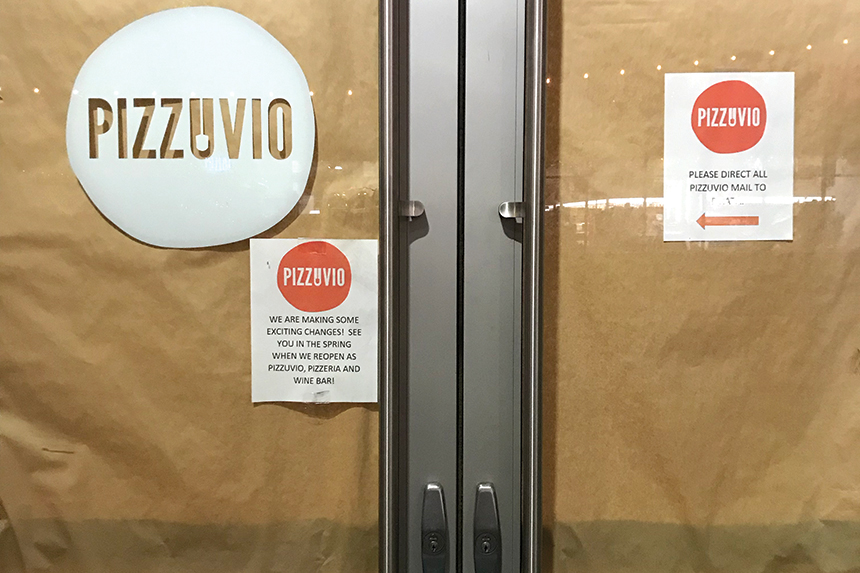
If you opened a new restaurant during the pandemic, hopefully you’re one of the many pizzerias across the country experiencing a sales surge due to your business’ existing options for takeout and delivery. But as states open restaurants to full capacity, the new challenge is hiring and retaining good employees. We broke down some of the strategies toward meeting those goals in the previous article, and now we’ll discuss perhaps the most powerful tactic — the balancing act surrounding employee pay and pay increases.
Creating your pay scale

Nick Bogacz, founder and president of Caliente Pizza & Draft House in Pittsburgh
For the last few years, the minimum wage, along with a livable wage, has been a hot topic of debate. All industries are feeling the crunch of a national employee shortage, and it is causing many operators to re-examine their current pay structures.
When setting up your pay structure, understand that it is an ever shifting and evolving part of your business. Nevertheless, it should be clearly defined — what is the starting rate? The ladder for raises? What to expect at a given position? The clearer it is for the employee and the employer to understand when the topic comes up, then a more meaningful discussion can happen.
Ideally, your pay scale would be based on your local market and your profitability. At the end of the day, we are in business to make a profit. But the current market is disruptive, causing wages to shoot up and prompting some pizzerias to implement signing bonuses, enhanced employee perks and, of course, higher wages.
Timing raises
Increasing wages might be difficult, and in many cases, you may not want to be the first shop in your area to do so — but you certainly don’t want to be last. If your business is booming and you are setting records weekly, and if the sales seem sustainable along with adding profit to the bottom line, then maybe you do want to set the market for wages in your town.
Being first has its advantages — clearly, you’re a more attractive workplace — while being first also opens the door to many issues. If you’re noticing employees leaving at an alarming rate, it’s potentially a red flag that your wages are too low. Conversely, if you’re having an impossible time going from a phone interview to an in-person interview, it’s another sign that you need to restructure your pay scale. Just start with your current employees first.
Doing the math
Of course, the big question when raising employee wages is: where do you find the money? Let’s say you’re running a 55-percent prime cost number, of which 30 percent is your food cost and 25 percent is your labor cost. If you give employees a pay increase that increases your labor to 26 percent, does your prime cost goal now just become 56 percent — while you sacrifice your profit percentage?
Personally, I’d say if your prime cost has been 55 percent, then that’s the figure that likely makes the most sense for your business. You’re left with one option: it’s time to raise prices. We’ll tackle that tricky task next month.
NICK BOGACZ is the founder and president of Caliente Pizza & Draft House in Pittsburgh. Instagram: @caliente_pizza







